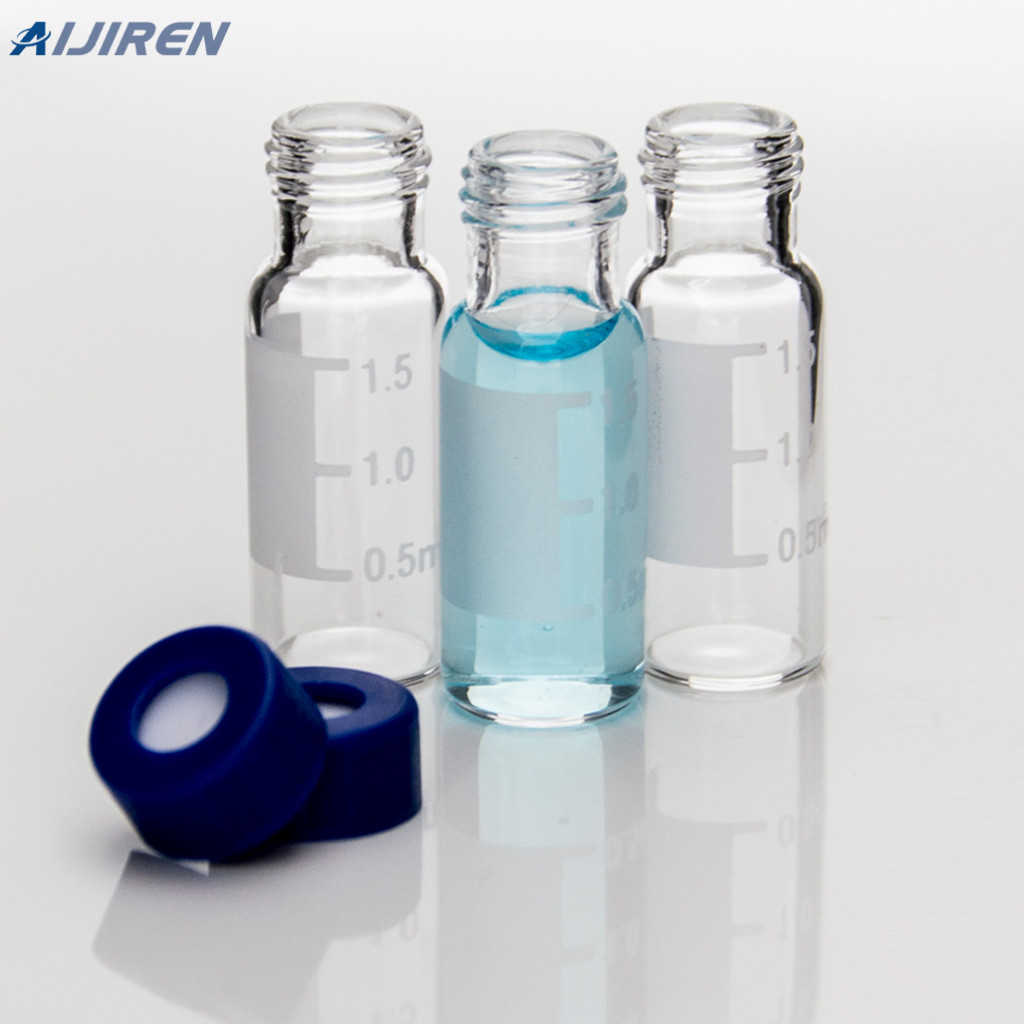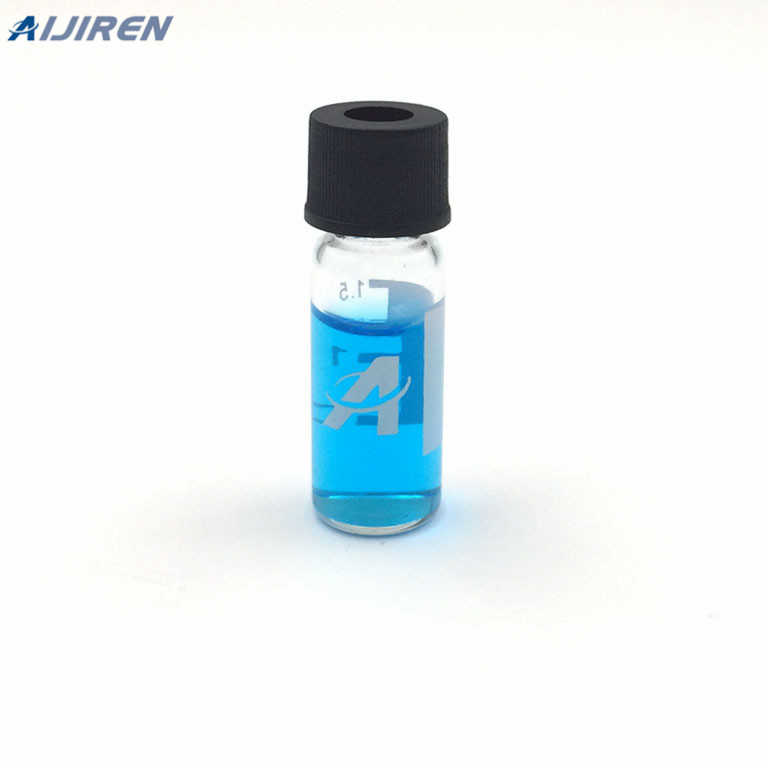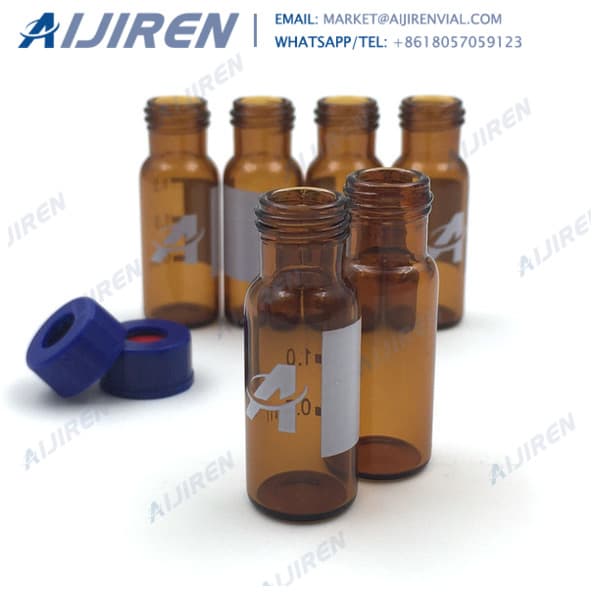HPLC Adapters, Fittings and Unions . Packaged in glass vials for high purity ... Borosilicate glass – 1st hydrolytic class, Polypropylene (PP) or ...

HPLC Adapters, Fittings and Unions . Packaged in glass vials for high purity ... Borosilicate glass – 1st hydrolytic class, Polypropylene (PP) or ...

51 type made in Europe. E. Thermo Scientific Vials & Closures. Vial/Glass quality comparison, 1st hydrolytic class glass types, 33 vs 70. 33 expansion glass

Vials, Plates and Seals for Alliance HPLC Systems. All Waters amber glassware is Type 1, 51-expansion glass. Deactivated Glass (DV).

51-expansion glass vials and Type-2, 33-expansion glass vials. Welchrom® Sample vials are made from first class of hydrolytic borosilicate glass, ...

Almost all vials are made out of 1st hydrolytic class glass. expansion and amber glass in 51 expansion is used, whereas in Europe solely 51 expansion ...

Mar 30, 2012 First hydrolytic class glass is very hard and has a low expansion ... types of glass are equally suitable for use as an autosampler vial for ...

Aijiren CrossLab Snap Top Vials and Closures.........51 ... Made from First Hydrolytic Type 1 Class A or Class B borosilicate glass, which conforms to US ...

China 2ML 9mm autosampler vials supplier can be made from a different coefficient of expansion glass; most notable 33-expansion and 51-expansion glass.

Made of neutral borosilicate glass (5.0 expansion family), the tubular vials offer a high degree of Hydrolytic Resistance. This range includes tubular vials

When using glass autosampler vials in the laboratory, standard workflows require that glass. Amber vials were 51 expansion neutral borosilicate. Type 1.

9mm Wide Opening Screw Thread Vials and Closures. • Superior quality 33 expansion borosilicate clear (Type 1, Class A) or 51A amber (Type 1 Class B) glass,

Due to the demanding conditions that laboratory glassware is subjected to, maximum chemical toughness, minimum thermal expansion and high resistance to thermal

autosampler glass vials from different sources. In this case 1st hydrolytic class tubes have been used with examples of 33, 51 and 70 expansion type raw